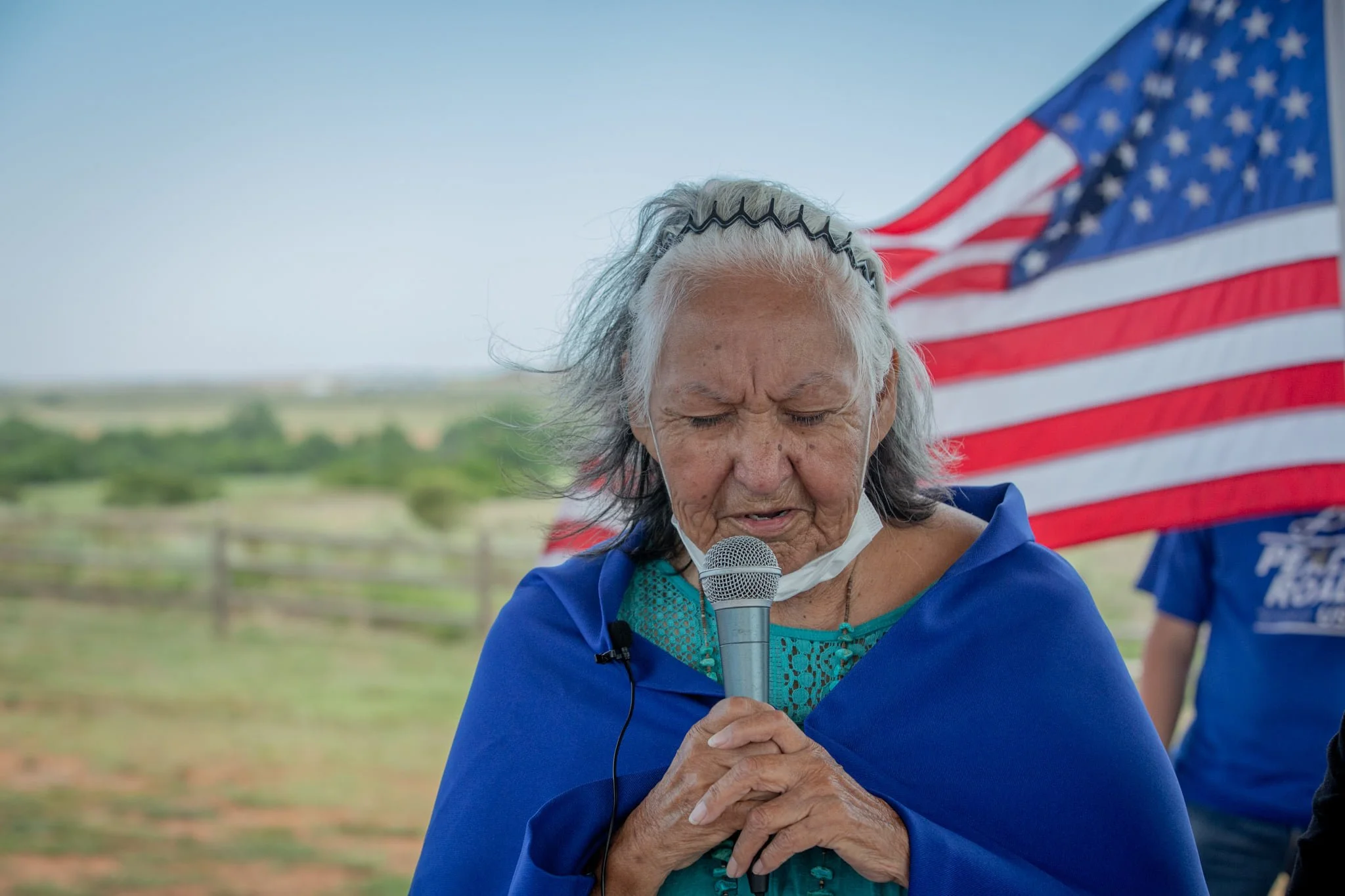Honoring the Divinity of Native Americans
November is national Native American Heritage Month — a time to celebrate the rich and diverse cultures, traditions, histories and impact of Native people. Since 1990, this month has been federally designated to honor and recognize the significant contributions the first Americans made to the establishment and growth of the United States. In Chicago, home to the nation’s eighth-largest urban Native population, local Unificationists commemorated indigenous peoples with a special virtual event on Nov. 13.
“There are a lot of us here in Chicago with about 17 Native organizations,” said Jody Roy, the director of St. Kateri Center of Chicago. The center is the only place for the Native American community in Illinois — currently more than 100,000 people — to come and practice their spiritual life and cultural ways of praying. Gratitude, as a feeling of overwhelming love and thankfulness for the gifts of the Creator and the universe, is the predominant characteristic throughout tribal spiritual practice.
Roy, who is a Native originally from Ontario, Canada, was a featured speaker during the ACLC and Women In Ministry (WIM) Chicago chapter’s joint online program: Honoring the Divinity of Native American Women. Rev. Dr. Linda Lucero Nishikawa, director of Sacred First Nations for Peace in Oregon; Officer Deanna Maldonado, crime victim advocate with Alabama-Coushatta Tribal Police in Texas; and Navy veteran Melodi Serna, executive director of the American Indian Community Center in Chicago were also guest speakers.
Online participants watched a local Pow Wow performance where Native Americans dance and sing, play musical instruments, and wear traditional headdresses and tribal clothing. Pow Wows are a sacred social gathering held by many North American indigenous communities. Participants also learned more about the history of Native people.
“A big part of our issues today stem from the boarding school era that started in the 1860s,” said Roy. “It was used as an ‘education’ tool to assimilate Indian tribes into the mainstream American way of life. It was necessary to ‘civilize’ Indian people and make them accept Western beliefs and value systems.”
“But in order for healing to now happen within our communities,” she said, “we cannot promote healing before we confront the hurt. So the truth of these boarding schools must be told, and St. Kateri Center is at the forefront of sharing about this topic.”
Today, there are 574 federally recognized American Indian and Alaska Native tribes and villages, with an estimated 6.8 million indigenous people nationwide according to the U.S. Census Bureau. Composing some two percent of the U.S. population, about 78 percent of Native people live outside reservations.
Officer Maldonado discussed domestic violence awareness and educating people about the statistics affecting indigenous communities. About 83 percent of Native adults have experienced some form of violence in their lifetime, according to a 2016 report from the U.S. Department of Justice.
“This past October we did a walk event near a lake on a local reservation,” she said. “We prayed and tossed flower petals onto the lake to remember all the victims of domestic abuse, and we talked about the statistics with a prosecutor who joined us.”
Navy veteran Serna shared about her advocacy work with the American Indian Community Center, which was built in the 1950s at the time of the Indian Relocation Act. The legislation encouraged Natives to leave reservations and their traditional lands to assimilate into the general population in urban areas.
“Illinois is one of the only states with no federally recognized tribal lands or tribes,” said Serna. “So part of our efforts is outreach in locating tribal people, and initiating cultural programming to facilitate education to Natives and non-Natives as well.”
The online event, hosted by Minister Fannie Smith of WFWP Chicago, also included presentations from Rev. Marilyn Kotulek, Pastor Walter and Suyapa Frank, and Mrs. Margaret Figueroa honoring the history and divinity of Native Americans.
You can watch the full virtual program here.


